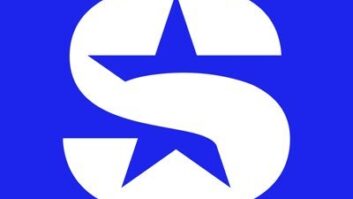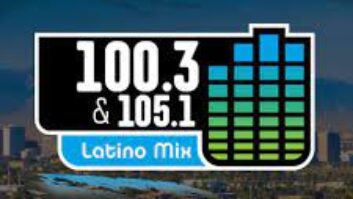Ira Wilner is chief engineer of the Monadnock Radio Group in New Hampshire. He liked the tip we shared in the March 1 issue about using cable ties to keep temporary seating organized.

Fig. 1: Seven-inch Velcro-brand straps are a reusable alternative to tie-wraps. Although we showed plastic tie-wraps holding chairs together, he noted that Velcro-brand strips, as seen in Fig. 1, might handle more easily, and they can be reused.
Ira, however, was not enamored of our LNB test port idea from the same issue. Adding yet another pair of connections to an outdoor inter-facility link cable creates more opportunities for failures over time, he says; and you still have to futz with removing weatherproof overwraps to get to the port to use it. And of course, the process exposes the system to possible short circuit damage, if the receiver(s) remains powered up with LNB bias on the line.
Since most LNBs provide beefy RF power outputs, the IFL can tolerate the use of an L-band two-way splitter at the dish, along with diode steering or an optional DC block placed on the test port. While a weatherproof splitter would be best, one could mount it all in a small waterproof plastic box at the back of the LNB. Ira says a food storage container with holes drilled in it to pass through the coax or to mount compression style waterproof feed through boots would work.
Then you could permanently connect a piece of coax, long enough to reach your test equipment, coil it up and place the free end, with a small termination resistor in a sturdy plastic bag. This would afford you the option of periodic testing on the dish side of the IFL cable without disrupting the signal or endangering the LNB bias power source. Ira concludes that he doesn’t bother with more IFL plumbing than necessary, relying on the KISS system (Keep It Simple, Stupid) to reduce failure points.
All good points, Ira. I should clarify that Mark Voris’ dish is in a very arid part of the country, not subject to rain, ice and snow, which could contaminate the “test” connection. However, it is important to consider Ira’s point about inadvertently shorting out the bias supply when conducting your test.

Fig. 2: A cup holder keeps liquids away from the console, preventing expensive accidents in the studio. ****
WBAL Radio Chief Engineer Kerry Plackmeyer found and mounted the cup holder seen in Fig. 2. He mounted it awayfrom his audio console, giving his air staff a place to store drinks with enough distance from any electronics.
The cup holder is a nice compromise between no drinking in the studio and taking a chance that a sugary drink will find its way into the board.
Both RV and Boating Supply Stores have a variety of cup holders. You can also Google “gripmate drink holder” for some ideas.
****
Bob Henry is a contract engineer in Albuquerque who has enjoyed our ongoing discussions about the mystery studio photo.
After searching through old Radio Shack catalogs online, he determined that the headphones in the picture are the Radio Shack Realistic Nova 10 stereo headphones. Bob had a pair like that in 1972. The Nova 10 headphones were not introduced until 1970. In the picture, the Nova 10 headphone label was larger, compared to the label on the earlier version label, which was smaller. This would narrow this picture down to somewhere around 1972.
Regarding small local radio stations, it was not uncommon to see radio stations like this one, even well into the next decade. Bob had worked for such a station in the mid-1980s. It had very old equipment that worked quite well. Many of today’s radio stations tend to go through a complete equipment replacement every 10 years or sooner. This simply was not the case with early radio stations, as it was not cost-effective or practical; even though the equipment was old, it still worked.
Bob loves these types of investigative endeavors; judging from all the comments, many Workbench readers agree.
Bob Langstaff is general manager of WAMV(AM) in Amherst, Va. I’m always glad to see managers among the list of Workbench readers.
Bob did a little sleuthing of his own, since his favorite tape recorder was the Ampex 600 series, which is pictured in the photo, to the right of the console. Bob confirmed his suspicions via www.museumofmagneticsoundrecording.org, an online site for recording history.
Contribute to Workbench. You’ll help your fellow engineers, and qualify for SBE recertification credit. Send Workbench tips to[email protected]. Fax to (603) 472-4944.
Author John Bisset has spent 45 years in the broadcasting industry and is still learning. He handles West Coast sales for the Telos Alliance. He is SBE certified and is a past recipient of the SBE’s Educator of the Year Award.












